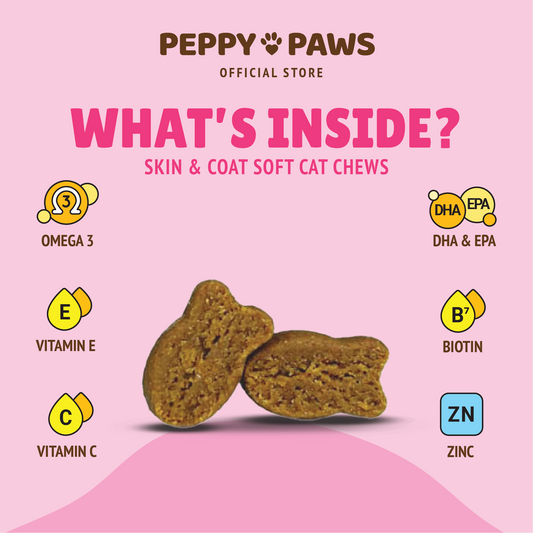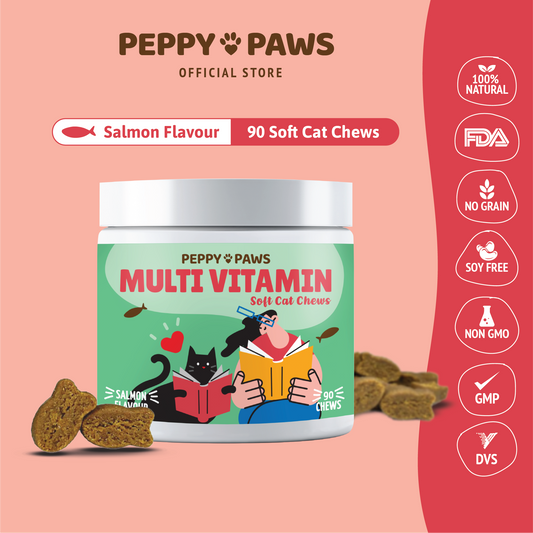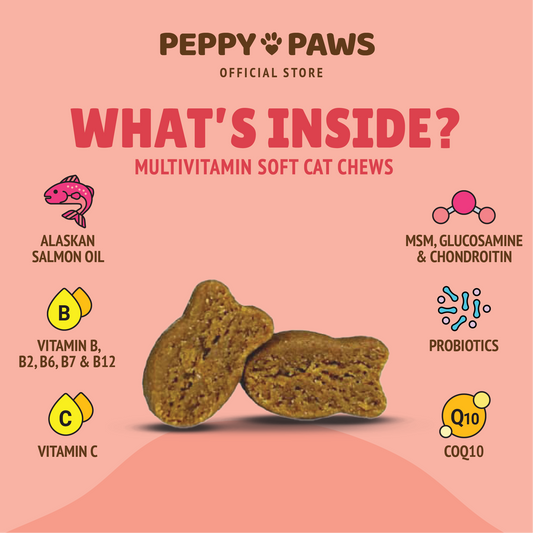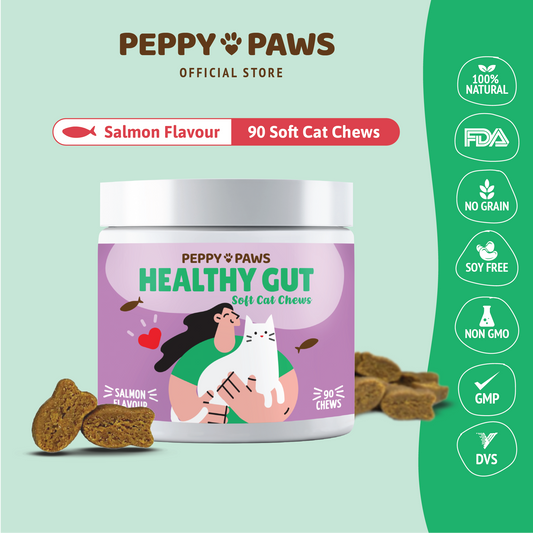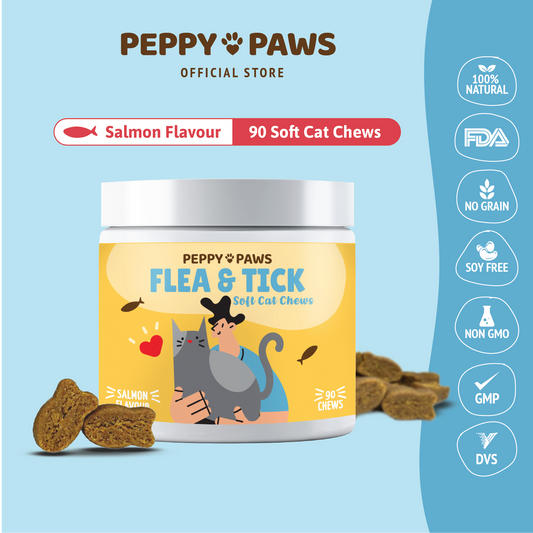
Myth-Busters: Debunking the Myth of Garlic Toxicity to Dogs
Debunking the Myth of Garlic Toxicity to Dogs:
Garlic has long been a contentious topic in the world of pet care, especially regarding its impact on dogs. Many pet owners and even some veterinarians caution against feeding garlic to dogs, citing potential toxicity. However, like many issues, the truth lies somewhere in between extreme caution and outright dismissal. Let’s delve into the myth of garlic toxicity, incorporating findings from an FDA study conducted in Japan, and separate fact from fiction.
The FDA Study from Japan
A study conducted by the FDA in Japan in 2000 is often cited as evidence of garlic’s toxicity to dogs. In this study, dogs were fed a large amount of garlic, equivalent to 1.25 ml of garlic extract per kilogram of body weight, daily over a period of seven days. The results showed that the dogs developed hemolytic anemia, which has since led to a widespread belief that garlic is inherently dangerous for dogs.
However, there are several critical points to consider:
-
High Dosage: The dosage used in the study was extremely high, far exceeding what a typical dog would consume in a normal diet. This high level of intake is not representative of the amounts that would be used in practical, everyday feeding scenarios.
-
Study Duration: The dogs were fed this high dosage over a continuous period, which does not reflect how garlic would typically be administered to dogs in a home setting, where it would be given in much smaller, infrequent amounts.
-
Misinformation Spread: The study’s findings have often been misinterpreted or oversimplified, leading to the blanket statement that all garlic is harmful to dogs in any amount. This has resulted in widespread misinformation and fear among pet owners.
Understanding the Science
While it’s true that garlic contains thiosulfate, the levels are significantly lower than those in onions. The toxicity of any substance often hinges on the dose. A small amount of garlic is unlikely to cause harm, whereas large quantities could potentially lead to health issues. Research indicates that a dog would need to consume a considerable amount of garlic to suffer adverse effects. For example, a medium-sized dog would have to ingest about 5 grams of garlic per kilogram of body weight for toxicity to occur. This amount is far more than what would typically be found in a pet’s diet, even one that includes garlic.
The Potential Benefits of Garlic
Garlic has been used for centuries for its medicinal properties. It’s known for its antibacterial, antifungal, and antiviral properties, and it can act as a natural flea repellent. In small, controlled amounts, garlic can provide these benefits to dogs as well. Some holistic veterinarians advocate for the use of garlic in pet diets, emphasizing its immune-boosting properties and its role in promoting heart health.
Practical Guidance for Pet Owners
The key to safely incorporating garlic into a dog's diet lies in moderation and proper preparation. Here are a few tips:
-
Consult Your Veterinarian: Before introducing any new food into your dog’s diet, it’s crucial to consult with your veterinarian. They can provide personalized advice based on your pet’s health and dietary needs.
-
Use in Small Quantities: If you decide to include garlic, use it sparingly. A small amount of fresh, raw garlic, finely minced and mixed into food, can be beneficial.
-
Avoid Processed Garlic: Stay away from garlic powders or supplements, as their concentration can vary, and they may contain other ingredients that are harmful to dogs.
Conclusion
The myth of garlic toxicity to dogs is largely overblown, often due to misinterpretation of studies. While it's essential to recognize the potential risks associated with excessive garlic consumption, small, controlled amounts can be safe and even beneficial for dogs. As with any dietary addition, it’s important to proceed with caution and always seek professional advice. By debunking the myth and understanding the nuances, pet owners can make informed decisions about their dogs' health and nutrition.

